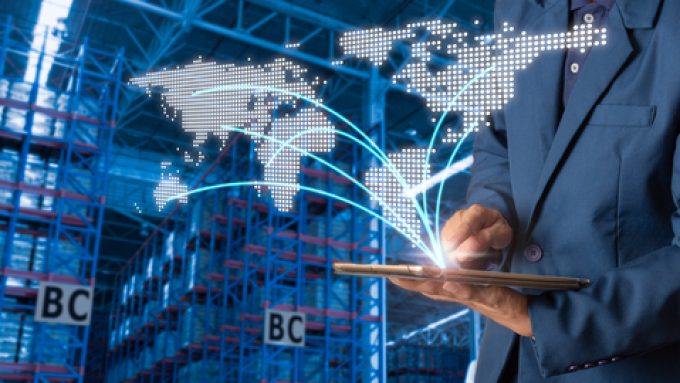Real test of Gemini hub and spoke model yet to come, says Maersk
Early signs may be positive for the Gemini Cooperation’s “hub and spoke” model, but head ...

Control and visibility are the two most vital aspects of a shipper’s pharma supply chain, and carriers and forwarders will need to ensure they can harness both to build their share of the growing sector.
The pharma products currently in development will require a rigorous cold chain and temperature monitoring, with some shipments needing to be transported up to –80ºC, according to an industry source.
And VP of International Sales at UPS Healthcare Cathy O’Brien said that this shift in focus ...
Volcanic disruption at Anchorage could hit transpacific airfreight operations
Macron calls for ‘suspension’ – CMA CGM's $20bn US investment in doubt
Forwarders stay cool as US 'liberation day' tariffs threaten 'global trade war'
Shippers snap up airfreight capacity to US ahead of tariff deadline
De minimis exemption on shipments from China to the US will end in May
Tighter EU import requirements proving 'a challenge' for forwarders
Looming Trump tariffs will create 'a bureaucratic monster' for Customs

Comment on this article